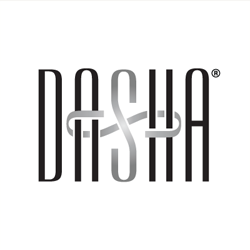Mention acupuncture, and some people picture a spectacle of needles radiating out like silver porcupine quills from the body of a serene subject. Well…that is sort of what acupuncture looks like sometimes. Some patients who come to DASHA® might need a little help getting past their preconceived notions about the acupuncture process. Some explanation of the why’s and wherefore’s. So here’s a little primer on acupuncture treatment:
What is Acupuncture?
This ancient Chinese method entails strategic insertion of very thin needles into the skin at various points throughout the body. The practice of acupuncture began millennia ago in China, and for a long time Americans viewed acupuncture as a kind of strange and exotic medicine. Since the 1970’s, however, acupuncture has—because of its inarguable effectiveness in relieving pain—skyrocketed in popularity in the U.S.
What is the Theory?
Why acupuncture works to alleviate pain is a medical mystery. The Chinese explain it as a way of balancing the life force of the subject—a technique for forcing the “chi” to flow properly through the human body. Pain, according to Chinese medicine, results from energy imbalances. The needles’ insertion into proper pathway points (meridians) in the body allows for the desired rebalancing.
Western doctors agree on acupuncture’s effectiveness—but acupuncture is, to the Western mind, a way to supercharge the production of the body’s natural painkillers—and to enhance circulation.
What is Acupuncture Used For?
- Nausea resulting from chemotherapy
- Fibromyalgia
- Headaches
- Labor pain
- Low back pain
- Menstrual cramps
- Migraines
- Osteoarthritis
- Postoperative dental pain
- Tennis elbow
Is Acupuncture Right for Everyone?
The simple answer is “no.” Acupuncture is not recommended for patients who have bleeding disorders, who take blood thinners, who have a pacemaker, or who are pregnant.
What Happens During Acupuncture?
An experienced DASHA® “independent client provider” will know exactly where the needles ought to be placed for your unique problem. The process involves three steps:
• Needle insertion. Regardless of how it might look, the insertion of the needles is not uncomfortable. A typical treatment involves five to 20 needles. Your DASHA® “independent client provider” will advise you to anticipate a slight aching sensation once the needle has been placed.
• Needle manipulation. After inserting the needles, yourDASHA® “independent client provider” might carefully move them around
• Needle removal. Needles usually stay in place up to a half hour while the patient relaxes on the table. Removal of the disposable needles is simple and painless.
Acupuncture is a great alternative and is an excellent, time-tested, drug-free way to manage stubborn pain.

